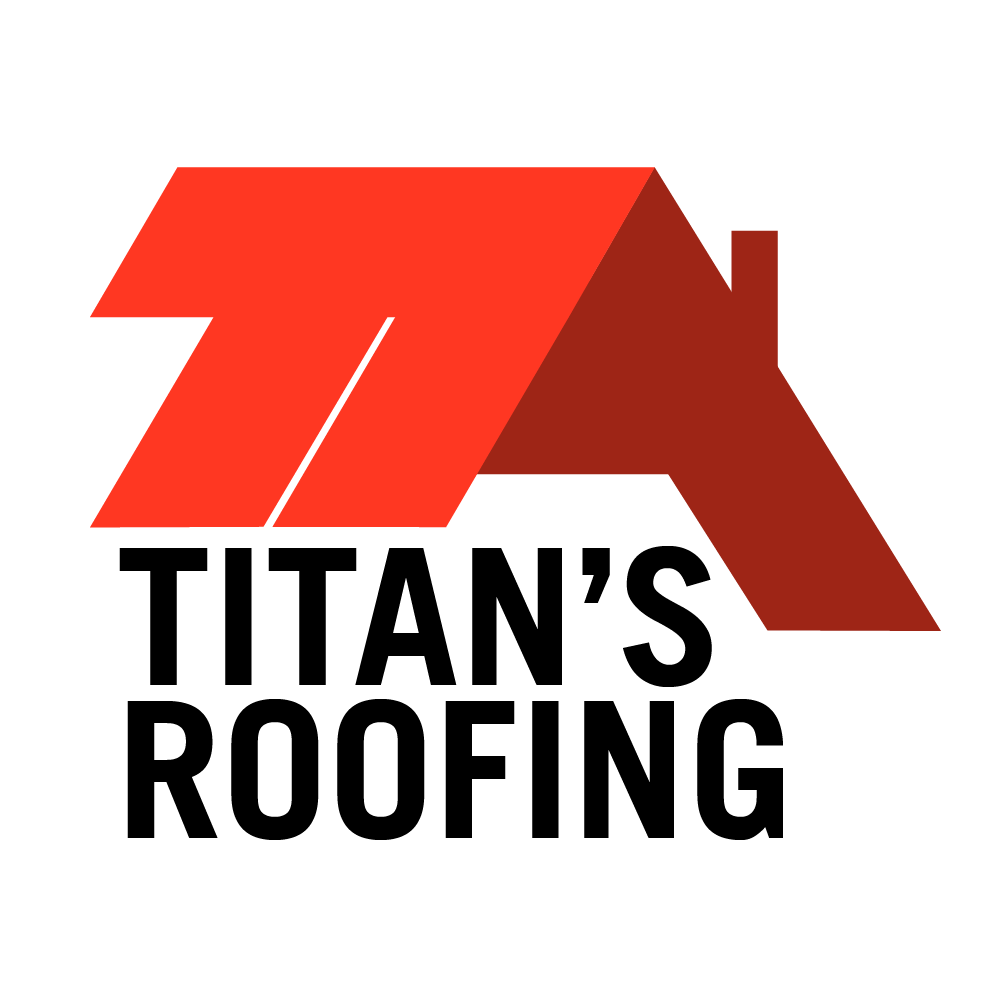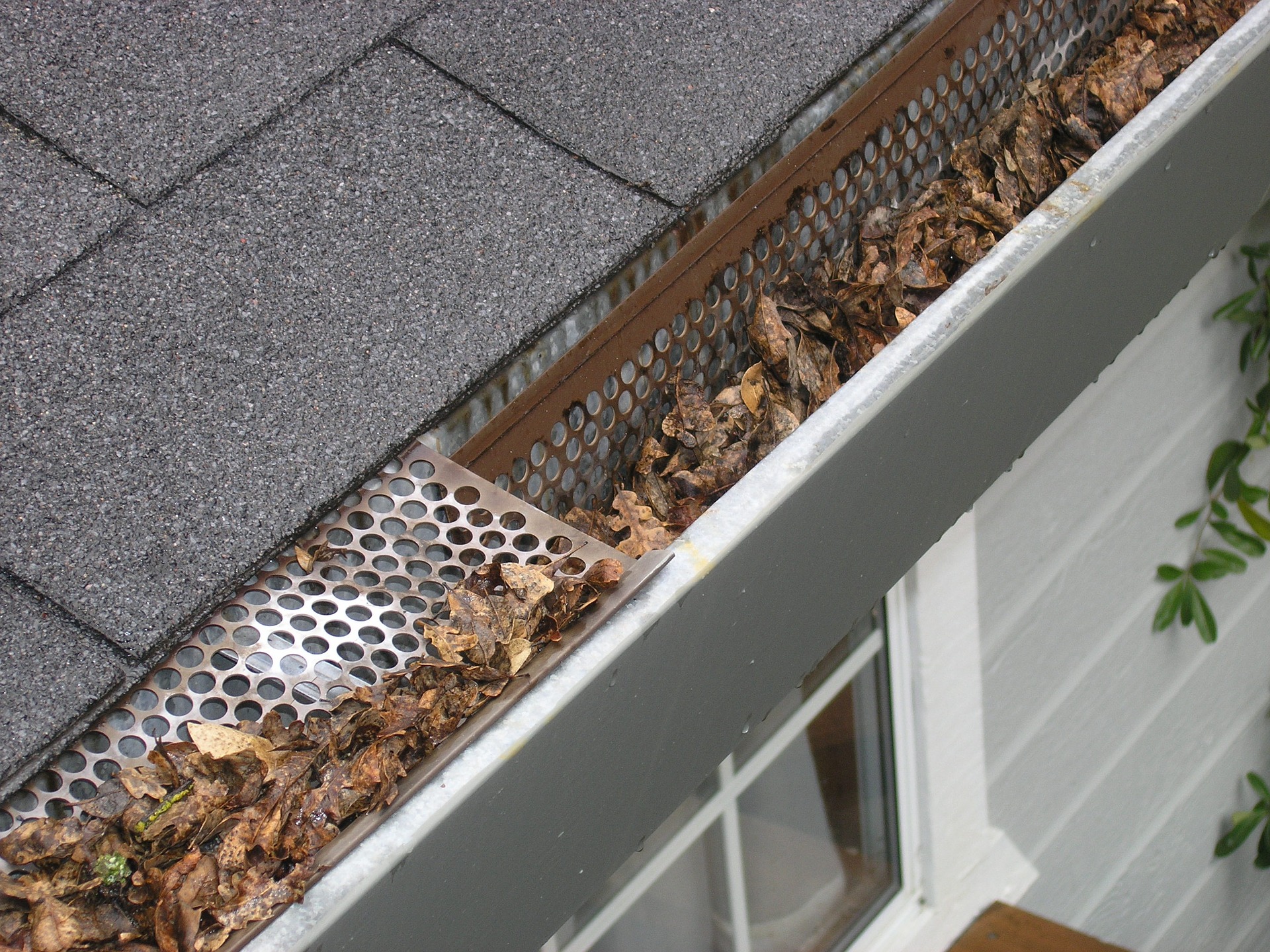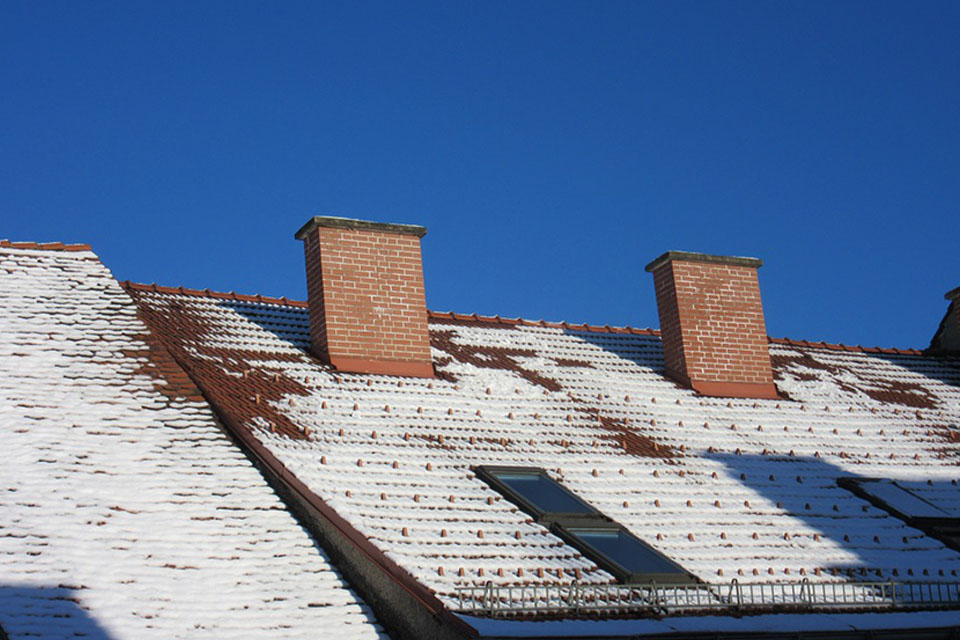The Basics of Roofing Components
When it comes to learning about the materials that go into constructing a house, there’s a lot of information and vocabulary to cover. Here are a few definitions that will help you understand the basics of your roofing components.
- Underlayment – black paper that’s laid over the plywood sheeting in order to seal the roof from such damaging elements as snow, rain and ice.
- Flashing – metal pieces that are used to divert water from places where it might collect, such as hips and valleys. Can be constructed from a variety of materials including galvanized alloy, copper, lead coated copper or stainless steel.
- Shingles or Tile – the outermost part of the roof. Sitting atop the underlayment, they form the outermost barrier that is aimed to protect against the elements.
- Trim – protects the seams anywhere there is a roof, such as a hip or a ridge.
The 7 Roofing Design Elements
Ridge – Highest point or peak of the roof
Hip – High point where two adjoining roof sections meet
Valley – When two sections of the roof slope downward and meet
Pitch – Slope or steepness of the roof
Eaves – The part of the roof that hangs over the rest of the home
Gables – Triangular portions of the ends of the home, which extend from the eaves to the peak
Dormer – Sections of the home that extrude from the roof



